Marzio's Crucifix and Zoroaster
Book Excerpt
"Indeed, they say the devil does not like holy water," remarked Gianbattista, laughing.
"And you want to many my daughter, you young fool," continued Marzio, not heeding the interruption. "You do. I will tell you what she is like. My daughter--yes!--she has fine eyes, but she has the tongue of the--"
"Of her father," suggested Gianbattista, suddenly frowning.
"Yes--of her father, without her father's sense," cried Marzio angrily. "With her eyes, those fine eyes!--those eyes!--you want to marry her. If you wish to take her away, you may, and good riddance. I want no daughter; there are too many women in the world already. They and the priests do all the harm between them, because the priests know how to think too well, and women never think at all. I wish you good luck of your marriage and of your wife. If you were my son you would never have thought of getting married. The mere idea of it made you send your chisel through a cherub's eye last week and cost an hoax's time for re
Editor's choice
(view all)Popular books in Fiction and Literature, Religion
Readers reviews
Most modern readers will note, however, that Crawford has little sympathy for political radicalism. His discussion, early in the story, of what "anarchism" and "socialism" mean in the various European countries -- and especially in Italian coffee houses -- is perhaps the reason to start the story. You will find few such exercises in literature, a domain filled to the brim with leftist critics criticizing "the right" and the old order. But in this book, the old order, as instantiated in this case in the Catholic Church, is lovingly portrayed, and the critic is seen in the darkest light.
This book is probably all the clue one needs to learn why Crawford's art has become neglected over the years. Few conservatives proved as successful at telling tales, and in pleasing both critics and audiences. But pleasing 20th century academics is another matter. The political biases of the college educators are well known. Crawford's work could not be included in any modern syllabus.
This is not my favorite of Crawford's works. But it is important, and perhaps must reading for anyone interested in the relationship between art and religion, or moral practice and political radicalism.
- Upvote (0)
- Downvote (0)
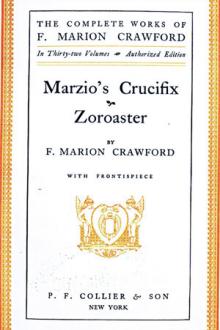
 Free Download
Free Download
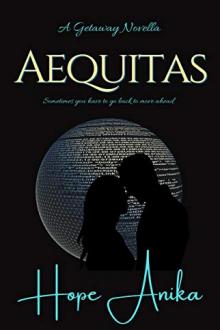
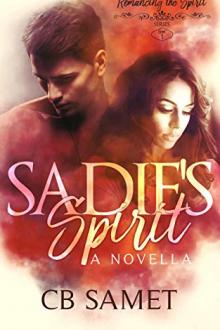



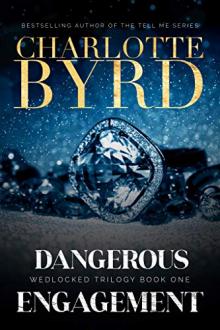
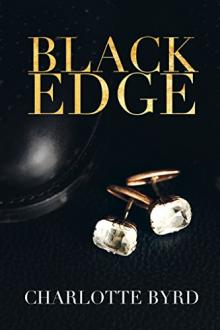

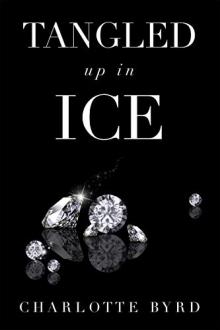
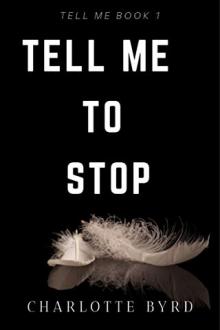

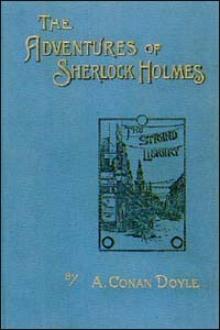
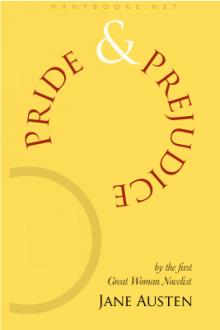
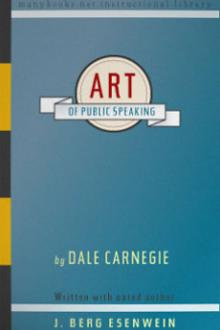
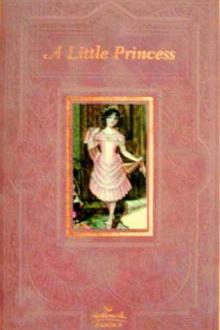
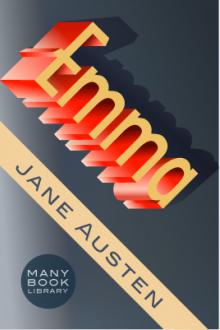

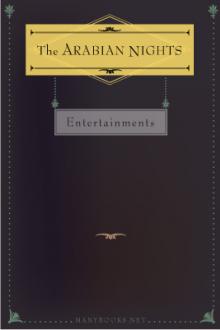
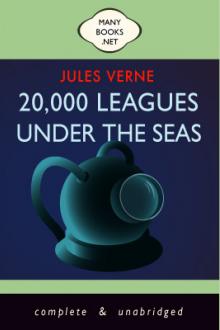

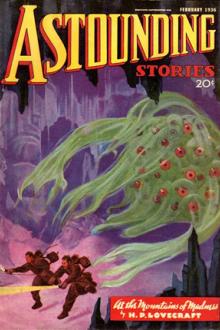

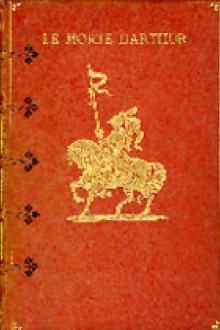

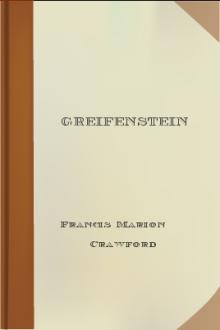






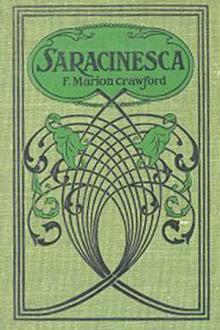


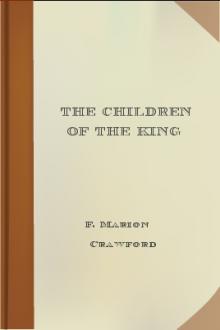
-itok=vcKIB5v1.jpg)